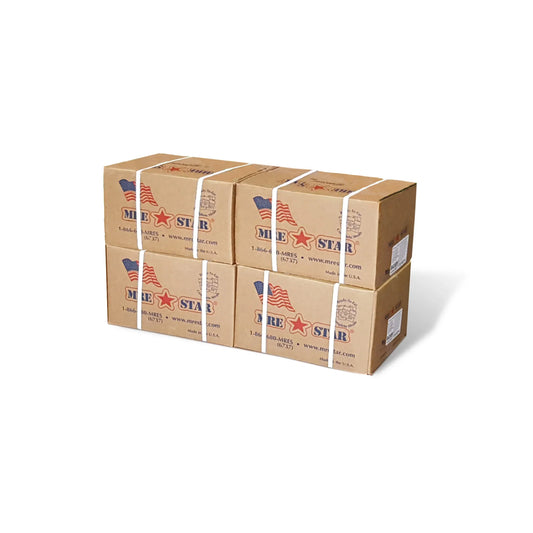Paracord Rifle Sling Design
Paracord can be an awesome tool in your preparedness arsenal. This durable nylon rope can be tied into tons of different designs including bracelets, strengthened cords, pouches and more. If you’re in an emergency, you simply unwind the strong cord and use it to bind, haul or anything else that you might need. So, whether you’re a beginner or an expert paracord lover, we have a design for you. Check out these paracord designs below. If you don’t want to spend time weaving your own sling, you can always buy one here.
What is Paracord?
Paracord, also known as parachute cord, is a soft, lightweight nylon rope that was originally used for parachuting. Typically, 550 paracord (which is the paracord used for our bracelets) is made of 32 strands of nylon sheath on the outside and seven strands of 2-ply nylon yarns on the inside (the “guts”). The 550 paracord is the same made for the government and has a minimum breaking strength of 550 lbs.  While paracord started out as a parachuters tool, people quickly recognized its usefulness in other areas. Since the cord is quick-drying, rot- and mildew-resistant, it’s great for many purposes. Military units use it for securing packs, hanging covers and tents. Many military personnel even use the guts as fishing line.
While paracord started out as a parachuters tool, people quickly recognized its usefulness in other areas. Since the cord is quick-drying, rot- and mildew-resistant, it’s great for many purposes. Military units use it for securing packs, hanging covers and tents. Many military personnel even use the guts as fishing line.
Paracord Rifle Sling
You’ll need:
• 100 feet of paracord
• Needle nose pliers or forceps
• 2x4 of wood (as long as your desired sling length)
• 2 Flat Washers
• 2 Screws
• Knife
• Swivels off of your guns
Directions
1. You’ll first want to figure out how long you want your rifle sling to be. Since this isn’t an adjustable strap, you’ll want to make sure you get it right.
2. After you figure out how long you want it to be, measure that length on to a 2x4. At one end of the 2x4, you’ll want to attach the swivel from your gun. Be careful not to damage the swivel by screwing it too tight. Add some space by placing a washer between the wood. Secure the other swivel on the board at a distance that you would like your sling to be.

3. Take the paracord and tie one end securely to the swivel. Attach the other end of the line to the other swivel.
4. You’ll want to repeat this process a few times until you have 4 parallel cords running between the two swivels. Make sure there is spacing between each cord by wrapping the cord around a few times each time you come to the swivel. This will provide a buffer of space. Tie off the cord securely to swivel.

5. Now that you have the four cords running between the two swivels, begin to weave the paracord through the four strands - over one, under the next - and circle around and work your way down the four strands. Tighten the strand as you work your way down.

6. Once you reach the end, you’ll want to securely tie off the paracord. To do this, you can either tie a knot and tuck the loose end back into the sling, or you can tie a knot, cutting off one edge and burning the end of the paracord.
7. Remove the screws from the 2x4 in order to release the swivels and reattach them to the rifle.

Paracord is incredibly versatile and is one of the most important survival tools you can keep in stock. What else have you made with paracord? Comment below to let us know. Or let us know what you’d like to see a tutorial on.












